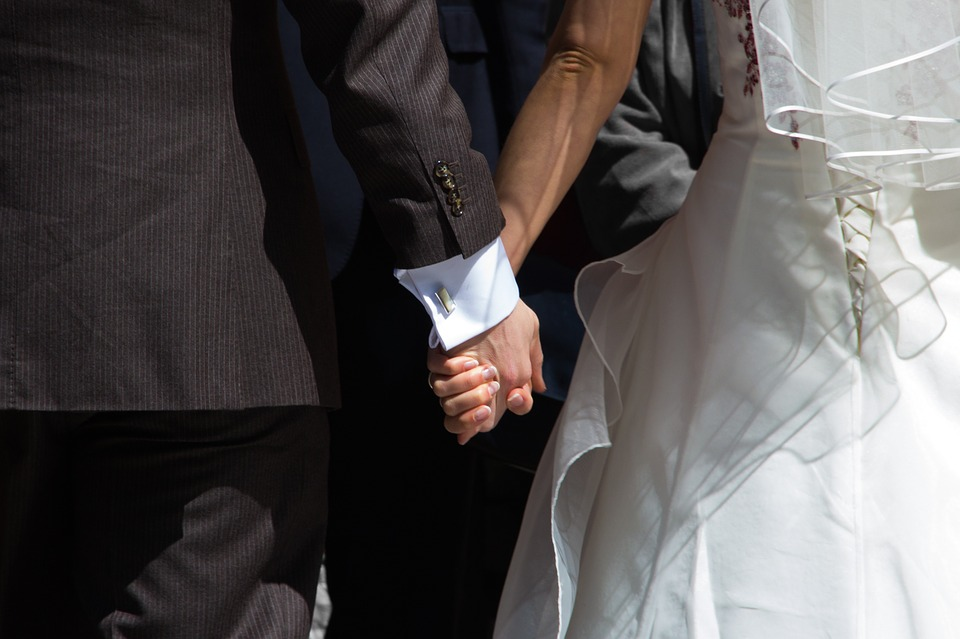Even though not something that is done too often, changing your surname actually isn’t all that uncommon. Of course, people tend to have different reasons why they’re changing their surname, but it is certainly doable.
Now, how easy you can do it, and how the process goes, does depend on where you are. For example, changing your surname in the United States can sometimes be very different from changing your surname in the UK. Changing your name in the United States also varies from state to state. For example, if you’re in California, the cost of changing your name might be different than if you are in New York. Details like location and pricing are important factors to consider when changing your name.
That being said, how is it done? Well, if that’s what you want to know, we’ve got a step-by-step process for you. Before we get to it, though, let’s take a look at the different situations that will allow you to change your surname.
What is your surname?
Your surname is actually a part of your name that you have either inherited, from your parents, or assumed, as a kind of nickname. As such, it’s not a part of the name you’re “given”, whether in baptism or otherwise.
Just like with your first name, there is nothing in the law that’s going to stop you from changing your surname, at pretty much any time. All that’s required is for you not to have any kind of fraudulent or criminal intent.
You get to choose any surname you want and use it in addition to, or as a substitution for, your current surname. There are a few things that you should know about changing it, though.
The surname also isn’t someone’s right or property. Nothing can stop you from assuming someone else’s surname. There are multiple cases to prove this, such as Dubolay v Dubolay.
When can you change your surname?
Even though you can do it at pretty much any time (with some limitations), the most common occurrence of changing your surname is when you’re getting married or divorced. When you’re getting married to your spouse, you can choose between continuing to use your surname, taking your spouse’s, or using a combination of both. This, legally speaking, is no different from changing your surname with a deed poll.

Now, getting married doesn’t oblige you to change your name. Nothing is wrong with assuming your partner’s surname, as long as you don’t have any fraudulent intention, and as long as you aren’t fraudulently claiming you’re married, when in fact, you aren’t.
When getting divorced, you can either choose to keep your married name, or you can go back to your maiden name. Also, when getting married for the second time, you can also choose to keep the married name from your previous marriage.
Are there any limitations?
To prevent abuse, there are certain limitations to changing one’s surname. For example, if a child is under 16 years old, only one change of surname is allowed, as well as one change of forename. And if there is a registered change of forename in infancy, the child doesn’t have a right to change their forename until they’re 16 years old.

For persons that are 16 years old, or over, up to three changes of the surname may be recorded. However, again, to prevent abuse, there must be a period of five years between successive surname changes. Note that these laws apply in the UK, other places might have different limitations in place.
So, how do you change your surname?
As mentioned earlier, you can change your surname during marriage or divorce. If you do this during the marriage, you shall use your new surname when signing your marriage license. However, if it’s done during divorce, you can ask your attorney to take care of this for you, and they should be able to revert you to your maiden name.
If it is done outside of these circumstances, you can change your surname with a deed poll. A deed poll is a declaration of your intent to assume a change of your surname, and as such, is evidence that you have done the change in good faith. You can use the deed poll to update your documents and records, and thus show you’re using your name publicly.
That’s it – it’s actually quite a bit simpler than you might think, but changing your surname can be done pretty quickly.




